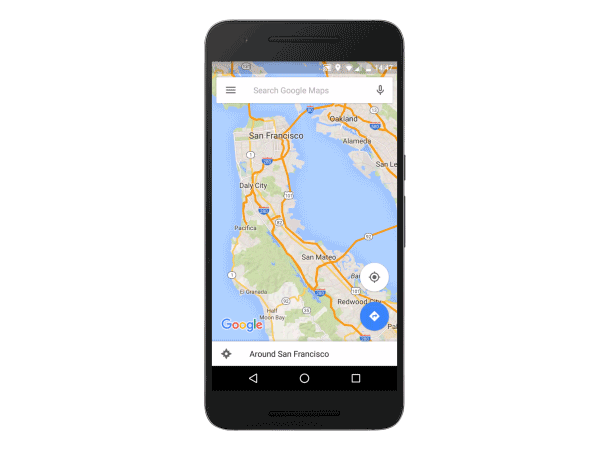From the Google announcement:
Roughly 60 percent of the world is without Internet today, and even where online access is available, it can still be spotty. That means that quick and easy access to information is still not possible for a majority of the population. This is a huge problem, especially as people attempt to navigate and explore the world around them, so Google Maps is taking steps to help people across the globe find directions and get where they’re going, even when they don’t have an Internet connection.
You can download an area by searching for a city, county or country, for instance, and tapping "Download" on the resulting place sheet, or by going to "Offline Areas" in the Google Maps menu and tapping on the “+” button. Once downloaded, Google Maps will move into offline mode automatically when it recognizes you’re in a location with spotty service or no connectivity at all. When a connection is found, it will switch back online so you can easily access the full version of Maps, including live traffic conditions for your current route. By default, we’ll only download areas to your device when you are on a Wi-Fi connection to prevent large data fees.
Now you can download an area of the world to your phone, and the next time you find there’s no connectivity—whether it’s a country road or an underground parking garage—Google Maps will continue to work seamlessly. Whereas before you could simply view an area of the map offline, now you can get turn-by-turn driving directions, search for specific destinations, and find useful information about places, like hours of operation, contact information or ratings.
Some amplification of this comes from James, in the comments below, but worth putting in here too, with my comments added:
- Downloading of whole countries in one go (individual offline maps now capped at 2.5GB), whereas the previous Google Maps had offline areas limited to 500 square km or so.
- Automatic updating of offline maps, i.e. no more expiring after 30 days, the offline map will automatically update once every 15 days to stay current so long as the handset is plugged into a charger and connected to wi-fi, unless the user overrides these restrictions. Previously, the user had to remember to update offline map areas manually.
- Much faster search results online or offline due to seamless switching/integration between online and offline data.
I'll be continuing to pitch these two main free navigation systems against each other over the next year as each evolves, don't worry.

